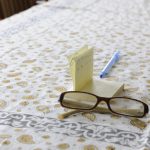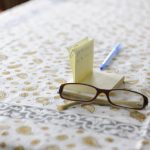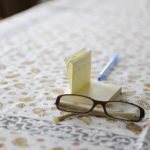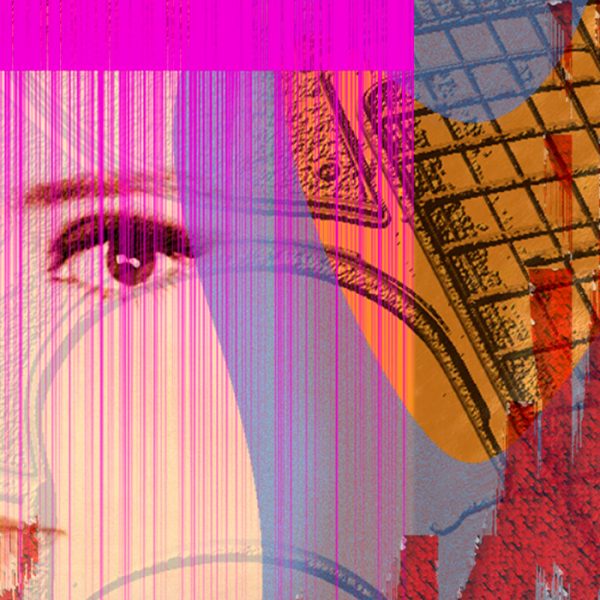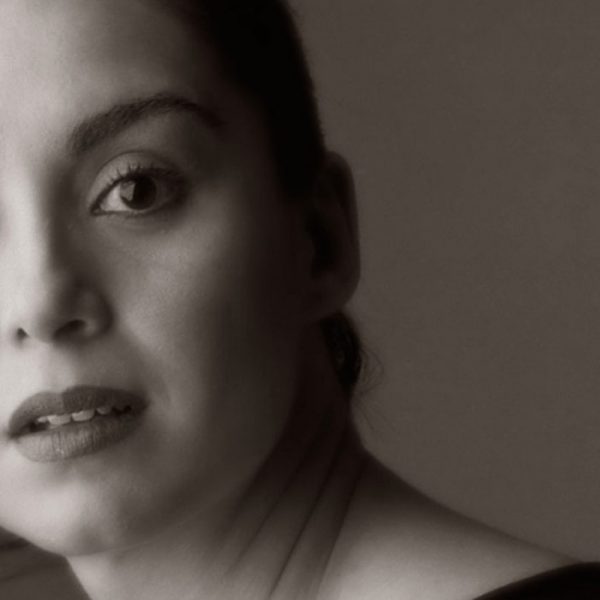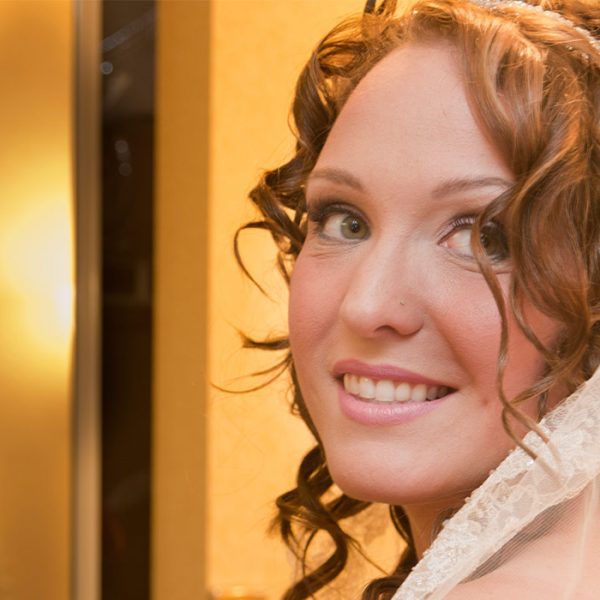
Photography 101
The Big 3
Aperture – Shutter – ISO
Aperture – Controls the amount of light falling onto the sensor, entering through the lens. This is the diaphragm opening inside a photographic lens. The size of the opening of this diaphragm is referred to as f/stop. These numbers have a specific numerical sequence. The most commonly available ones are:
f/1.4, f/2, f/2.8, f/4, f/5.6, f/8, f/11, f/16, f/22

The thing to note here is that though the numbers appear to be random in some ways, the change from one number to the next number represents exactly one time the amount of light either more or less.
Example: f/5.6 is one time less than f/4 and one time more than f/8. This means that if you started your exposure at f/5.6 at a given shutter speed and do not change this shutter speed, f/4 will allow twice the amount of light (1 f/stop more), while f/8 will allow half the amount of light (1 f/stop less) to the starting point of f/5.6
Most digital cameras also have in between aperture numbers, either in halves or one third to allow for more accurate control over the amount of light coming through the lens.
Imagine that you are in a darkened room with a closed door. You know that there is bright light behind this door. If you now open this door, maybe just a crack, to let light in. This would equate to a small aperture. If you then decide to open the door all the way, the room is flooded with light; this would be similar to a larger aperture opening. Though recognize that the aperture does not work in isolation, it has to work in conjunction with the other two in partnership.
Aperture also controls what is known as “Depth of Field (DOF)”.
Depth of Field is the range of acceptable focus from close to the camera to the most distant within the scene.
Shutter – Controls the duration, how long you allow light to come through the lens to be recorded on the sensor. This may be achieved through the use of a physical curtain or a sliding door inside the camera that moves in and out of position to allow light to go through on to the sensor. The numbers referring to the shutter are called shutter speeds since these numbers vary between whole seconds to very small fractions of seconds.
These numbers on most SLR cameras are:
30, 15, 8, 4, 2, 1, ½, ¼, 1/8, 1/15, 1/30, 1/60, 1/120, 1/250, 1/500, 1/1000, 1/2000, 1/4000, 1/8000
Notice that a few of the numbers are whole numbers, while the others are fractions. The whole numbers represent seconds, while the fractions represent fractions of seconds.
These numbers are once again very similar to the aperture and the change from one number to the next number represents exactly one time the amount of light either more or less. In terms of duration, it is either half or double from one number to the next.
ISO – determines the sensitivity of sensor in the camera. How quickly or slowly the light passing through the lens and shutter gets recorded on the sensor. The numbers representing the ISO in general are:
50, 100, 200, 400, 800, 1600, 3200, 6400, 12800
Once more, if you notice these are again either half or double from one another and once again represent exactly one time the amount of sensitivity to light from one to the other.
The question then arises, how do we use the above three elements effectively.
To begin with, let’s assume that we are outdoor on a sunny day.
Our ISO is set to 100, while looking through the camera meter we arrive at an aperture of f/16 and shutter speed of 1/125. This gives us the perfect exposure. The determination is made by observing the histogram display in our camera. We will talk about the histogram in another post.
Now for whatever reason, you decide that f/16 is not the best choice and you wish to use f/4 to minimize the depth of field. Looking at the sequence of numbers in our f/stops, we immediately recognize that f/4 is exactly 4 steps away, since we now have a 4 times larger opening of the aperture, all we need to do is simply increase the shutter speed by the same number, i.e. 4 times, so we thus will arrive at 1/2000.
This setting will allow exactly the same amount of light to fall on the sensor as the earlier exposure, except that this time we chose a preferred aperture.
- f/8 @ 1/10 – ISO 800
- f/5.6 @ 1/20 – ISO 800
- f/4 @ 1/45 – ISO 800
- f/2.8 @ 1/90 – ISO 800
In the above images, you will notice that the images look exactly the same in terms of the light being captured, the settings are changing and the impact is on the depth of field only as the aperture changes, the shutter speed is also changing in exactly one step to allow the correct amount of light on the sensor. When one stop is lost through the closing of the aperture, that loss is regained by slowing down the shutter speed by exactly one stop.
Any one aspiring to get well exposed images in a controlled manner needs to understand the relationship and how to effectively use the big three in combination with each other without having to refer to the built-in light meter in your camera from one shot to the next.
f/11 @ 1/125 = f/16 @ 1/60 = f/22 @ 1/30
or
f/11 @ 1/125 = f/8 @ 1/250 = f/5.6 @ 1/500
Never forget, photography in so many ways is about capturing a moment in time and if you are fumbling with your settings to get the right feel, the moment may be lost. It is imperative that you understand and familiarize yourself with these concepts and how to control them efficiently.
BASIC DAYLIGHT EXPOSURE (BDE) or the “SUNNY 16” rule
Primarily, daylight and ambient light situations can allow the use of a non-metered approach. With basic daylight exposure (BDE), the photographer can adjust exposure based on the condition of the light rather than on a meter reading. The BDE actually is a list of recommended exposures for varying light conditions. The concept is based on a consistent level of clear-sky sunlight, or the “sunny day” or “sunny 16” rule, which states that on a sunny day the exposure will be at f16 at a shutter speed of 1/ISO. This is the BDE standard. Using this as a basis, the following are exposures recommended in specific lighting situations:
Light Condition Light Value Exposure
Sunny day BDE f/16
Sunny on snow or sand BDE + 1 stop f/22
Hazy BDE – 1 stop f/11
Normal cloudy but bright BDE – 2 stops f/8
Overcast or open shadow BDE – 3 stops f/5.6
Lighted signs (to see the color) BDE – 5 stops f/2.8
Stage lighting (bright stage) BDE – 5 stops f/2.8
Note: Shutter speed is 1/ISO




